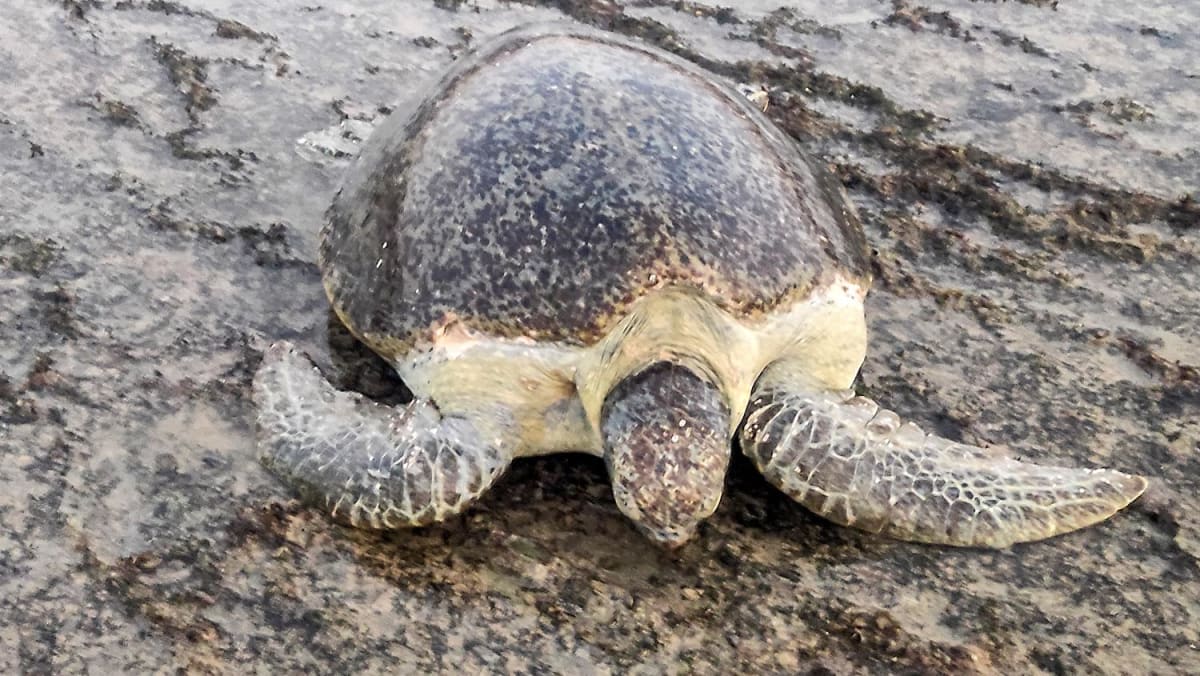
AL GHAYDAH (Yemen) — On a Yemeni beach, a sea turtle clambers ashore to lay eggs, which will likely be born female due to rising temperatures, creating a gender imbalance that brings the threat of local extinction.
With sands made hotter by climate change, eggs are rarely yielding male turtles, which require cooler temperatures during the incubation period.
Studies in several coastal regions of southern Yemen “have shown that there are 90 per cent more female sea turtles than males”, said Mr Jamal Baouzir, director of the biodiversity department at the University of Aden.
The severe gender imbalance will continue until it brings about the complete extinction of sea turtles in Yemen “in the years to come”, Mr Baouzir said.
Environmental activist Hafiz Kelshat said the proportion of males had “decreased considerably” in recent years.
“Most baby turtles are female due to the change in temperature,” he told AFP on a nesting beach in Mahra province, near the border with Oman.
This is especially the case in summer, when temperatures often top 31°C — the point at which sea turtle eggs begin yielding females.
But its genetic diversity, and the potential for future tourism development it represents, are increasingly threatened by global warming.
Yemen ranks as one of the region’s most climate-vulnerable countries, according to the Global Adaptation Initiative of the University of Notre Dame in the US state of Indiana.
Extreme heat and increasing rainfall variability leading to both drought and flash floods are among the challenges forecast for the Arabian Peninsula’s poorest country.
Mr Baouzir said that to tackle the deepening gender imbalance, authorities should create “a specialised technical team to monitor the turtles in their nesting places and place the eggs in appropriate incubators” to produce male offspring.
The provision of sun shields on beaches could also help reduce sand temperatures and boost the number of male hatchlings.